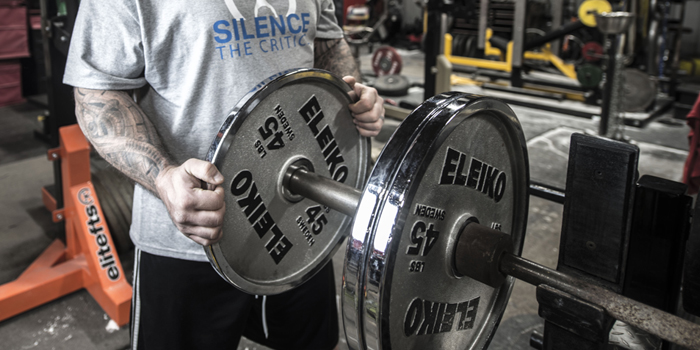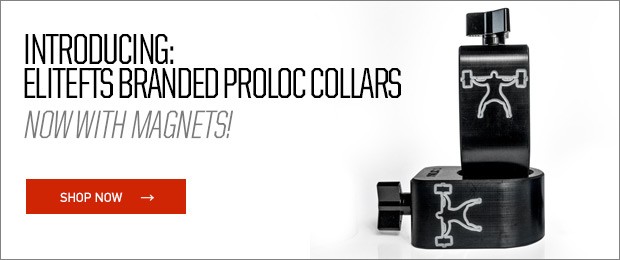
Most lifters don't realize that the weight of a 45-pound plate may be off by as much as four pounds. The plates are marked as 45 and most lifters take this to mean they weigh exactly 45 pounds. And this is true — but only for calibrated plates. If your plates aren't calibrated, they may be off by one, two, three, or even four pounds.
This means each plate could be as heavy as 49 pounds or as light as 41 pounds. This may not seem significant, but what if you're training for a new world record? What if you're attempting a new personal record? Each pound matters. You need the plates to be accurate.
WATCH: How to Fight Friction in the Deadlift
The more plates you have on the bar, the more important this is. Imagine the difference between 92.5% and 95%. If you're a 600-pound squatter, that's 555 pounds vs. 570 pounds — a difference of only 15 pounds. For both 555 and 570 you will have five, 45-pound plates on the bar (plus additional weight). If each plate varies by ± 4 pounds, your total bar weight could be off by as much as 20 pounds. If you're an 800-pound squatter or a 1000-pound squatter, the margin of error is even greater. While these are extreme examples and would likely never happen, it demonstrates the value of calibrated plates.
In this video, Steve Goggins discusses training with calibrated plates and explains the importance of knowing the precise bar weight of each attempt you take.











2 each 100 lbs
2 each 55 lbs
4 each 45 lbs
2 each 35 lbs
4 each 25 lbs
6 each 10 lbs
I have competed, she nce 2001 to present, in USPA using Ivanko calibrated kilo plates. I sporadically use Iron Grip plates at the gym on HAFB. I vary the plate usage to acclimate the weight distribution.